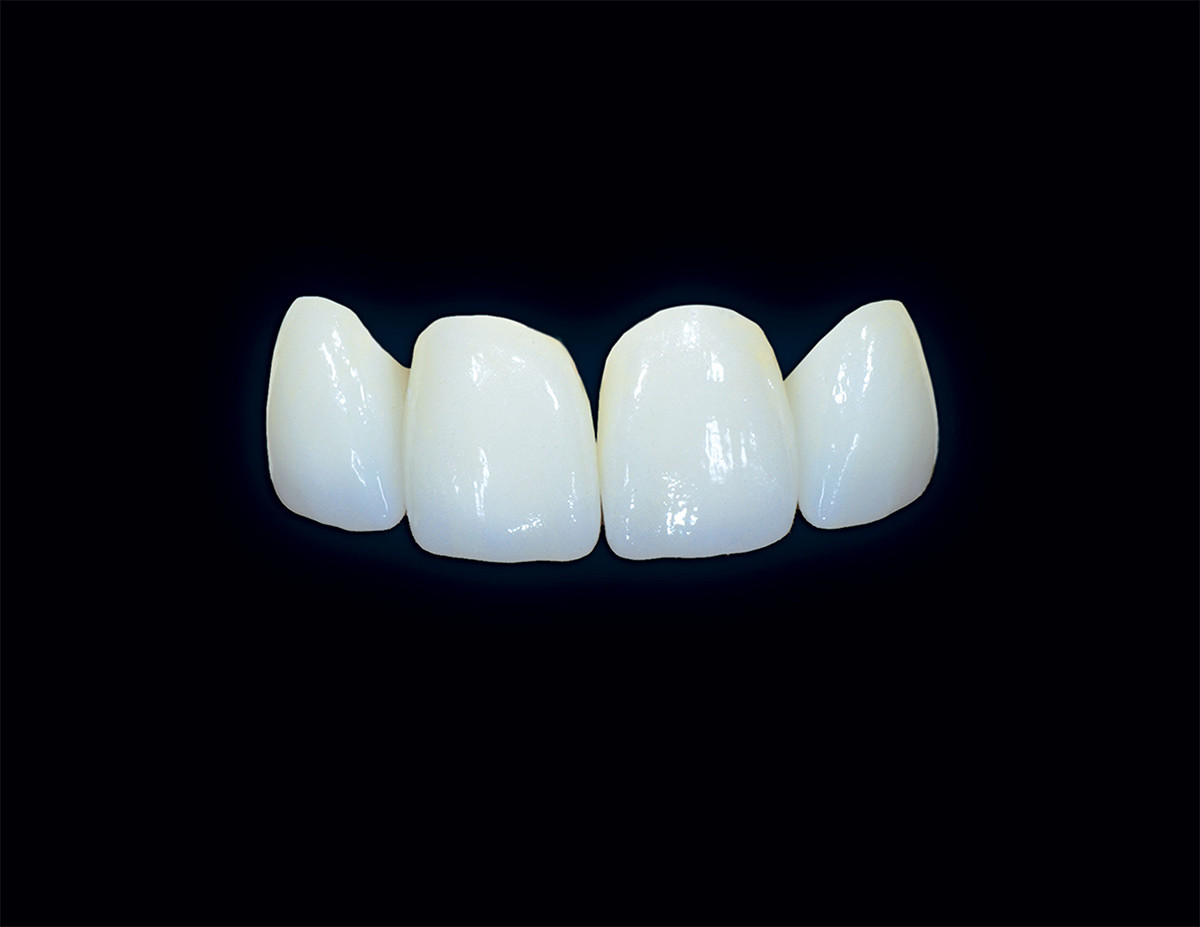Use of Zirconia in Restorative Dentistry
 Jun 26, 2018|
Jun 26, 2018| 
Properties of Stabilized Zirconia
The flexural strength of stabilized zirconia oxide materials has been reported to be in the range of 900 to 1,200 MPa. This is approximately twice as strong as alumina oxide ceramics currently on the market and five times greater than standard glass ceramics. Even more important is the fracture toughness of the material. Fracture toughness measures the ability of a material to resist propagation of an internal crack (fracture). This is an important indication of a material's clinical reliability. Clinically, nonfatal cracks (cracks that develop in the zirconia but do not result in complete fracture or failure of the restoration) form from cyclic fatigue, which can lead to failure of the restoration if the cracks propagate. Zirconia's fracture toughness is between 8 and 10 MPa which is almost twice as high as that of aluminum oxide ceramics. This is due to transformational toughening, which gives yttria stabilized zirconia its unique mechanical properties. Because of its tetragonal polycrystalline structure, when a crack develops, the material transforms to a thermodynamically more favorable monoclinic form. This transformation is associated with a 4% local increase in volume, which produces a "clamping effect" on the crack and halts its further expansion.
In addition, without any glass matrix, Stabilized zirconia oxide materials are generally stronger and offer more resistance to cracking than other ceramics. Further, chemical corrosion occurs on glass substrates, which can lead to clinical failure. The aqueous component in saliva can react with glass in ceramic material, causing corrosion. This can increase the rate of crack propagation and lead to failure of the material.
Types of Zirconia
Three main types of zirconia are available for use in clinical dentistry. Though they are chemically identical, they have slightly different physical properties (e.g., porosity, density, purity, strength), which may (or may not) be clinically relevant.There is the fully sintered or HIP type of zirconia. HIP stands for "hot isostatic pressing," and is a sintering technique used in the ceramic industry that utilizes high temperatures and pressures to increase density of the material.
The second type is a partially sintered zirconia, and the third type is nonsintered or "green state" zirconia. Due to the similar manufacturing and fabricating processes, both of these types will be considered together (partially sintered or non-HIP zirconia). Blocks of these types of materials are manufactured by utilizing a spray-dried zirconia powder that is then isostatically pressed and incompletely sintered. These materials remain softer than the HIP zirconia and are easier to mill. After milling, the zirconia is then sintered completely in a furnace at 1,350°C to 1,500°C to achieve its final shape, strength, and physical properties. Examples of this type are Lava (3M ESPE), Cercon (DENTSPLY Ceramco), and Vita YZ (Vident).
Another type of zirconia product is that employed by Nobel Biocare's Procera system. This process utilizes a slurry of zirconia oxide that is applied to an oversized die and then sintered.



